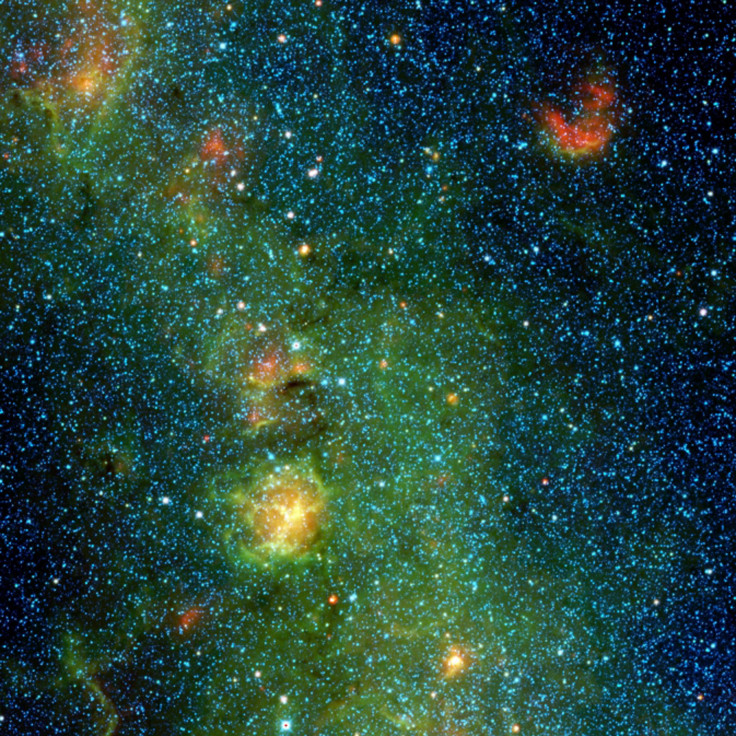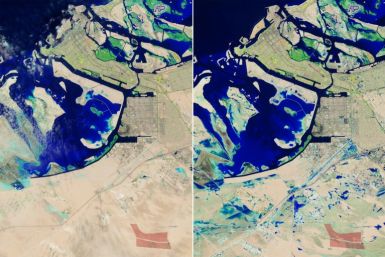Suntan and alien radiation: Ten trillionth of one's suntan is intergalactic radiation, world-first study confirms

In a world-first study, Australian researchers have calculated the proportion of our suntan that comes from beyond the Milky Way. This skin-tanning, natural radiation comes not from the sun but distant hungry black holes and stars and is known as intergalactic solarium. This alien radiation is also known as extra-galactic background light that that gives the tan. This alien light well beyond our galaxy helps beachgoers get that tanned bronze.
The study, published in the Astrophysical Journal, analysed all the sources of radiation bath people enter whenever they step outside, irrespective of day or night. The study was also supported by astronomers from the US and UK. As per the study, one’s body is bombarded by around sextillion photons of light per second. However, ten trillionth comes from beyond our galaxy.
Most of the photons that are small packets of energy originate from the sun. A small proportion however, has travelled for billions of years across the Universe before colliding with peoples’ skins and ending their existence. These photons are made in the cores of stars from distant galaxies. The study tallied billions of intergalactic light particles capable of colouring the skin.
The study will help in a broader research that aims to understand how the cosmos was shaped. It may also help resolve mysteries like incompatibility of quantum physics and gravity and nature of dark matter. Lead author and astrophysicist at University of Western Australia, Simon Driver, said that he and his colleagues are “building an empirical scaffolding as to how the universe has evolved in terms of mass and energy production,” The Australian reports.
The astronomers accurately measured light hitting Earth from beyond our galaxy over a large wavelength range, from a fraction of a micron (damaging) to millimetres (harmless). As radiation from outside our galaxy is so small that there is no need to panic. Driver said people are constantly hit by around 10 billion photons per second from intergalactic space, writes Express.co.uk.






